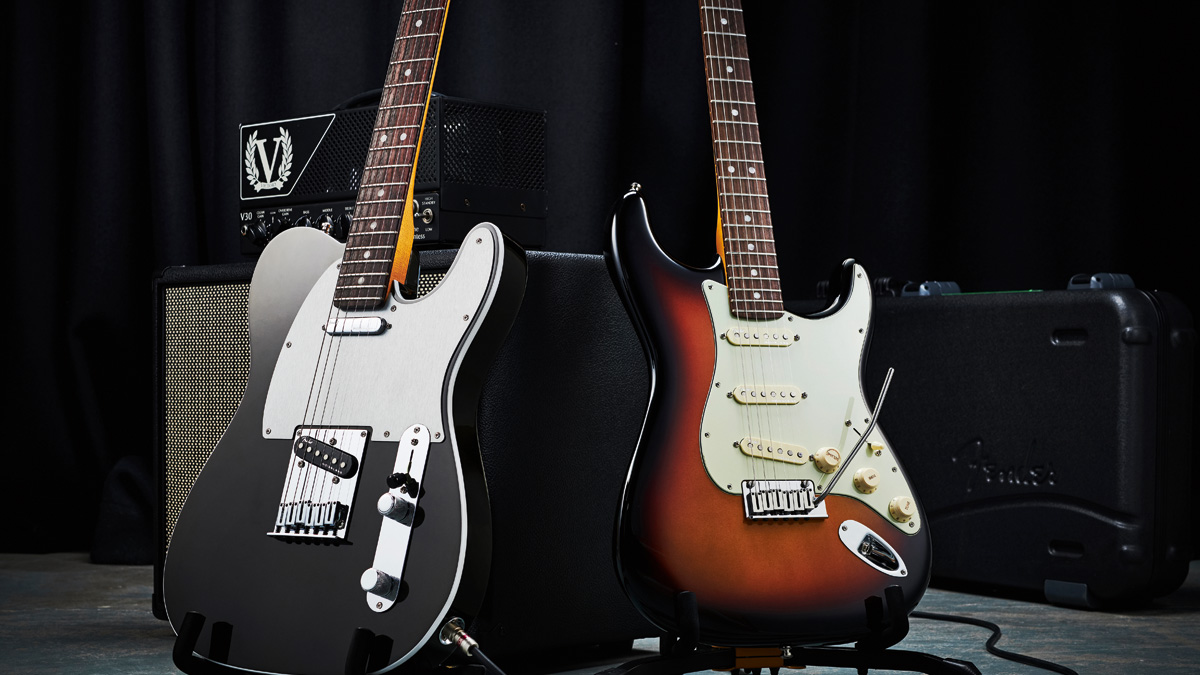Guitar World Verdict
The Ultras represent the most modernist vision, with their obvious refinements, yet still feel and sound very ‘Fender’.
Pros
- +
Classy, modern builds.
- +
Excellent weight.
- +
Hum-cancelling Noiseless Vintage pickups.
- +
S-1 ‘seven-sound’ and S-1 series/parallel switching.
Cons
- -
Both relatively minor upgrades from the previous Elite models.
- -
Reduced S-1 switching options on the Strat.
- -
No left-hand options available as yet.
You can trust Guitar World
You don’t want to stand still at Fender for too long or you might get refreshed or renamed. That’s what has happened to the relatively new American Elite series, which is now known as the American Ultra series and represents the "pinnacle" of Fender's contemporary electric guitars.
This range replaced the American Deluxe series back in 2016, and has now had a name change, plus some altered features with it, although it remains the most modern series – or “advanced”, as Fender prefers to call it – in Fender’s production ranges, as with the previous Elite and Deluxe. “There are three main strands to the product categories: vintage-inspired, contemporary and advanced,” explains Fender’s senior product manager, Matt Davey. “The vintage-inspired is obviously Vintera and American Original; contemporary is Player, American Performer and American Professional; and then advanced is the Mexican-made Deluxe series and now the American Ultra – the pinnacle.”
The outgoing Elite series consisted of five models: a Strat in SSS and HSS pickup configurations, a Tele and Tele Thinline, plus a lefty Strat. The new Ultra series swaps the Tele Thinline for a Jazzmaster and, at launch, there’s no sign of a left-handed model. As ever, each model comes in a wide range of new and more classic colors, and the maple or rosewood fingerboards are color dependent. And, yes, the list prices move up a notch to £1,859 for the Strats and Tele, and to £1,959 for the Jazzmaster.
All include the same molded cases we’ve seen with the American Professional range. Let’s dive deeper and take a look at the American Ultra Stratocaster and Telecaster…
Fender American Ultra Stratocaster
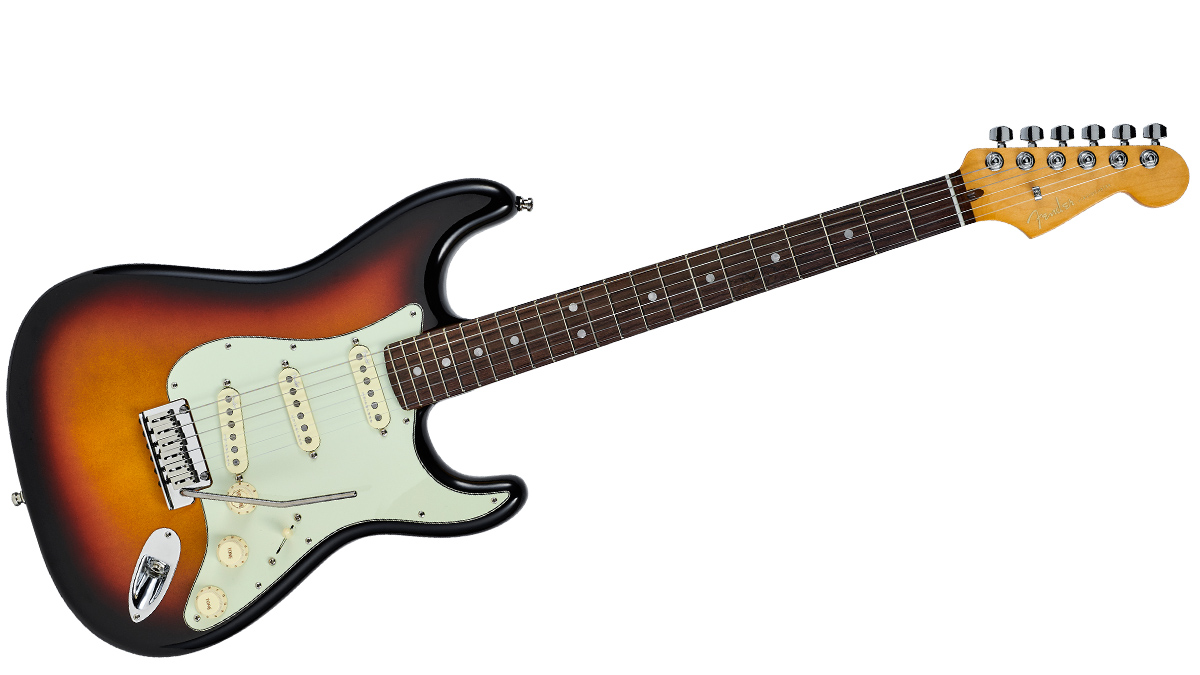
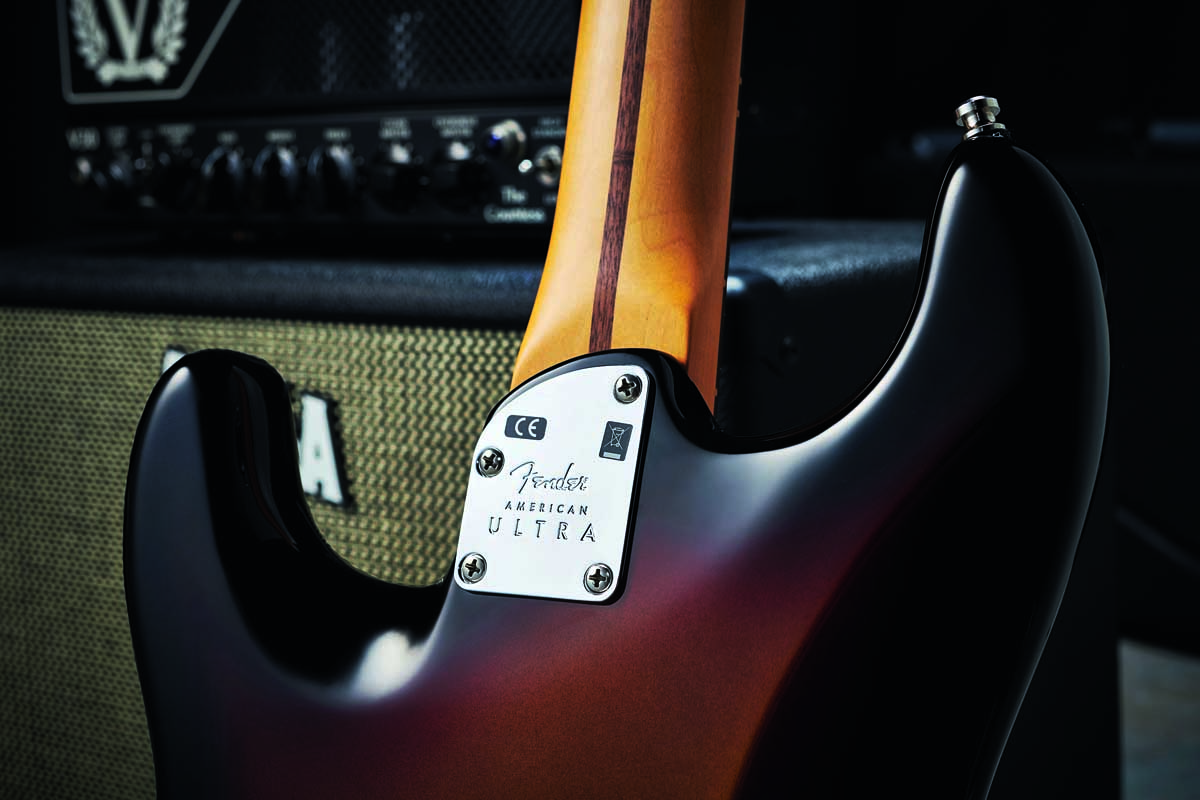
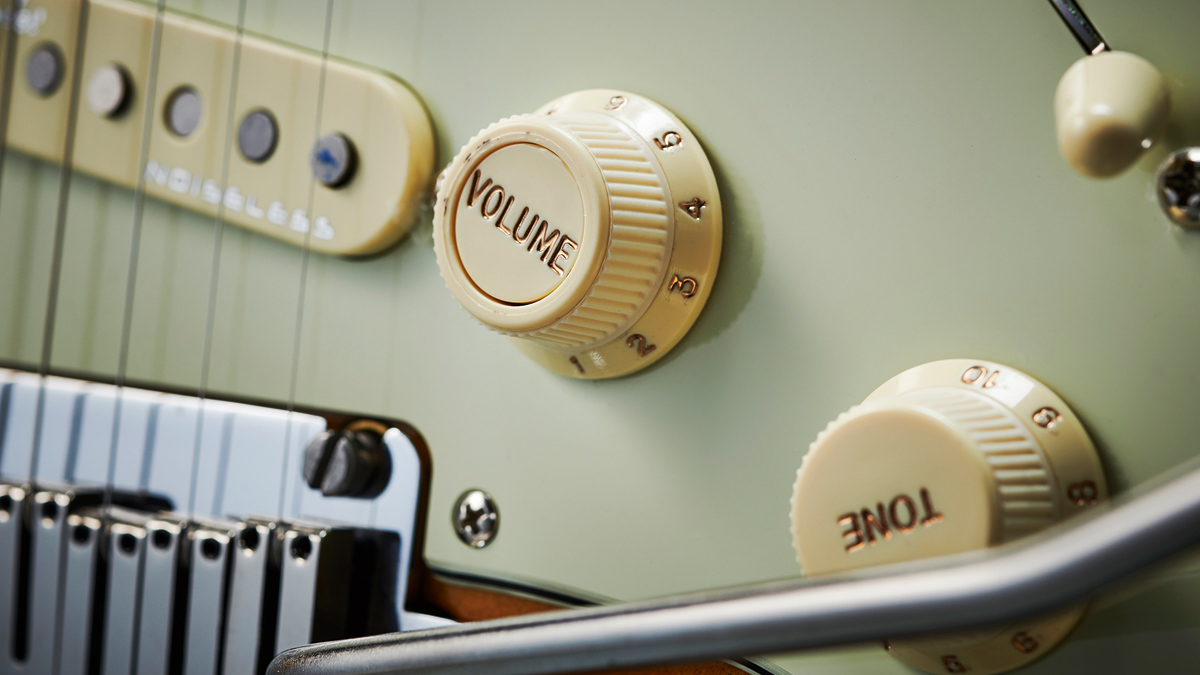
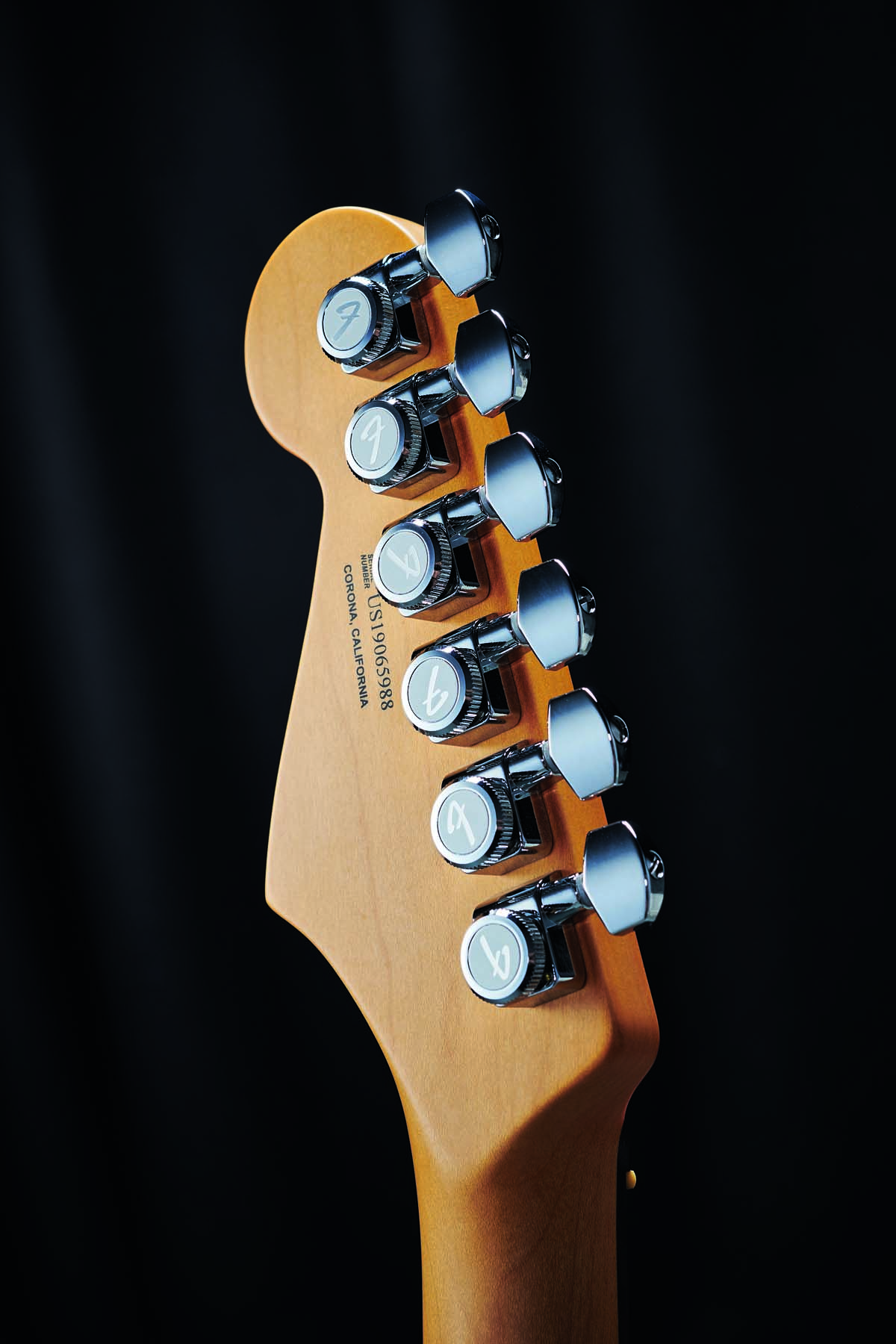
The Elite added many improvements: a new neck profile and a contoured heel; a compound radius fingerboard; fourth generation Noiseless pickups; truss rod adjustment wheel; S-1 switching; soft-touch knobs; and short-post locking tuners with a modern two-post vibrato. So, what’s new? Nothing in terms of features, but many of the Elite’s improvements have been slightly altered or refined here.
The neck moves from the Elite’s ‘C-to-D’ profile to a ‘Modern D’, and the fingerboard radius subtly switches from 241 to 356mm (9.5 to 14 inches), to 254 to 356mm (10 to 14 inches). The previous fourth generation Noiseless pickups are renamed Ultra Noiseless and come in ‘vintage’ (as here) and ‘hot’ (as seen on the HSS Strat) flavours, while the tricky switching options we saw on the Elite Strat have been simplified.
In the flesh, there are other changes, too. First, the clean ‘white’ maple neck is toned to give a more vintage-y appearance and the finish is, we’re told, a ‘faster’-feeling satin.
We’re trying to make the switching options more user-friendly and intuitive than the Elites
Matt Davey, Fender
The metallic headstock logo changes from silver to gold, which adds to the warm hue, although the hardware is still chromed. Along with a maple fingerboard, the Elites used ebony – here it’s back to rosewood. The wheel adjust truss rod is gone and we move back to a more typical adjustment point behind the nut, too. Hardware remains the same with rear-lock tuners (all with short posts), a bone nut and the two-post modern vibrato with block saddles.
Perhaps the most notable change is the body shaping in the heel area. While the Elite featured a rounded nose heel with matching heelplate, here that’s retained but with more chamfering to further reduce the bulk, and even a palm contour on the back of the treble cutaway.
The Ultra’s scratchplates are color dependent and include the three-ply Mint Green here (also used on the Plasma Red Burst and Mocha Burst), a four-ply Tortoise Shell (Aged Natural and Arctic Pearl), a three-ply Aged White (Cobra Blue), and the very natty-looking Gold Anodized ’plate used on the Texas Tea colour.
The majority of body woods are alder; ash is used on the Aged Natural and Plasma Red Burst. They all appear to include the rather cool Aged White soft-touch knobs.
The Elite had some great switching options, but it was actually difficult to remember what they were, so here we’re trying to make it more user-friendly, more intuitive
Matt Davey, Fender
Speaking of colors, the only two we’ve seen in the flesh aren’t quite what they seem. The Tele’s Texas Tea (a name for the US state’s oil, we’re told) appears solid black, but throw a bright light on it and you’ll see there’s a fine gold metallic running through it. And whereas a traditional 2- or 3-Color Sunburst is usually translucent allowing you to see the wood grain, here our Strat’s 3-Color Ultraburst is opaque and noticeably dappled over the amber centre with darker black flecks.
As with the Elite Strat, we have expanded switching via the S-1 push-switch that’s housed within the volume knob as usual. Outwardly, the Noiseless single-coil-sized stacked humbucking pickups appear the same as the Elite’s with the far-from-vintage ‘Fender’ and ‘Noiseless’ logos, unchamfered rod magnets in a modern stagger – the high E and D string magnets are the highest, the lowest are the G and low E, while the B and A string poles sit in between.
Unlike earlier Noiseless sets, all three pickups here have the same 52mm pole spacing. The S-1 switch is a potentially very powerful four-pole switch that changes the usual Strat protocol when depressed. But compared with the previous Elite, the options here are reined in to what is essentially the ‘seven-sound’ mod: the neck pickup is added to the middle and bridge, so all three are on together, and also to just the bridge pickup for a Tele-like neck-and-bridge combination.
It also means that we get some duplication. The same neck-and-middle combination is voiced in positions 4 and 3 with the S-1 depressed. Without that switch engaged, of course, we have the same combination in position 4 on the five-way selector. Position 5, in both modes, is the same solo neck pickup, too.
“The Elite had some great switching options, but it was actually difficult to remember what they were,” explains Davey, “so here we’re trying to make it more user-friendly, more intuitive. When we’re spec’ing out a new guitar we often look at the Custom Shop to see what people have been ordering, and trends, for example, that we can pick up on. We found quite a lot of people going for the S-1 switch to add in the neck pickup.”
American Ultra Series Telecaster
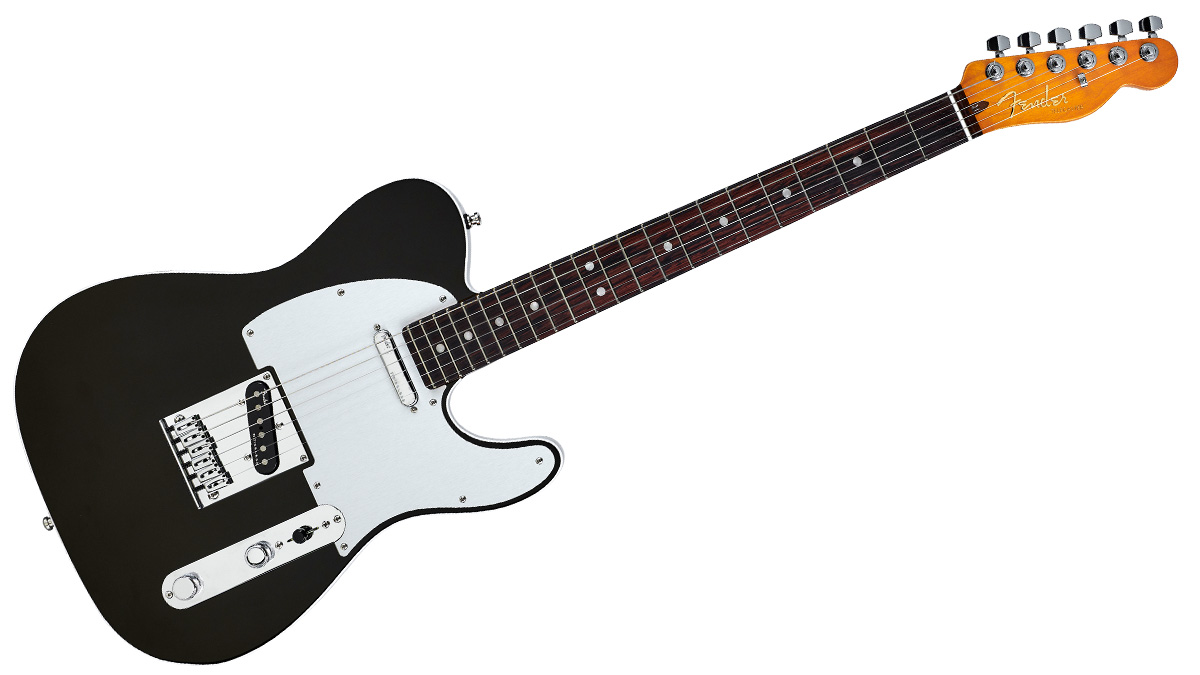
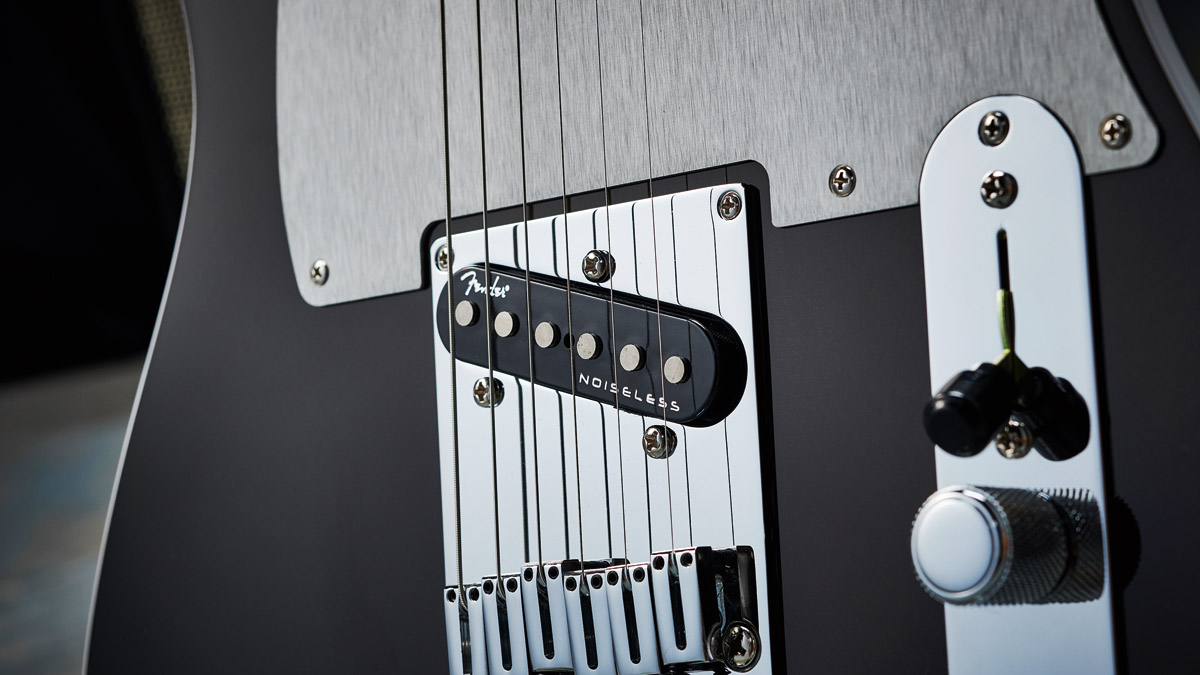
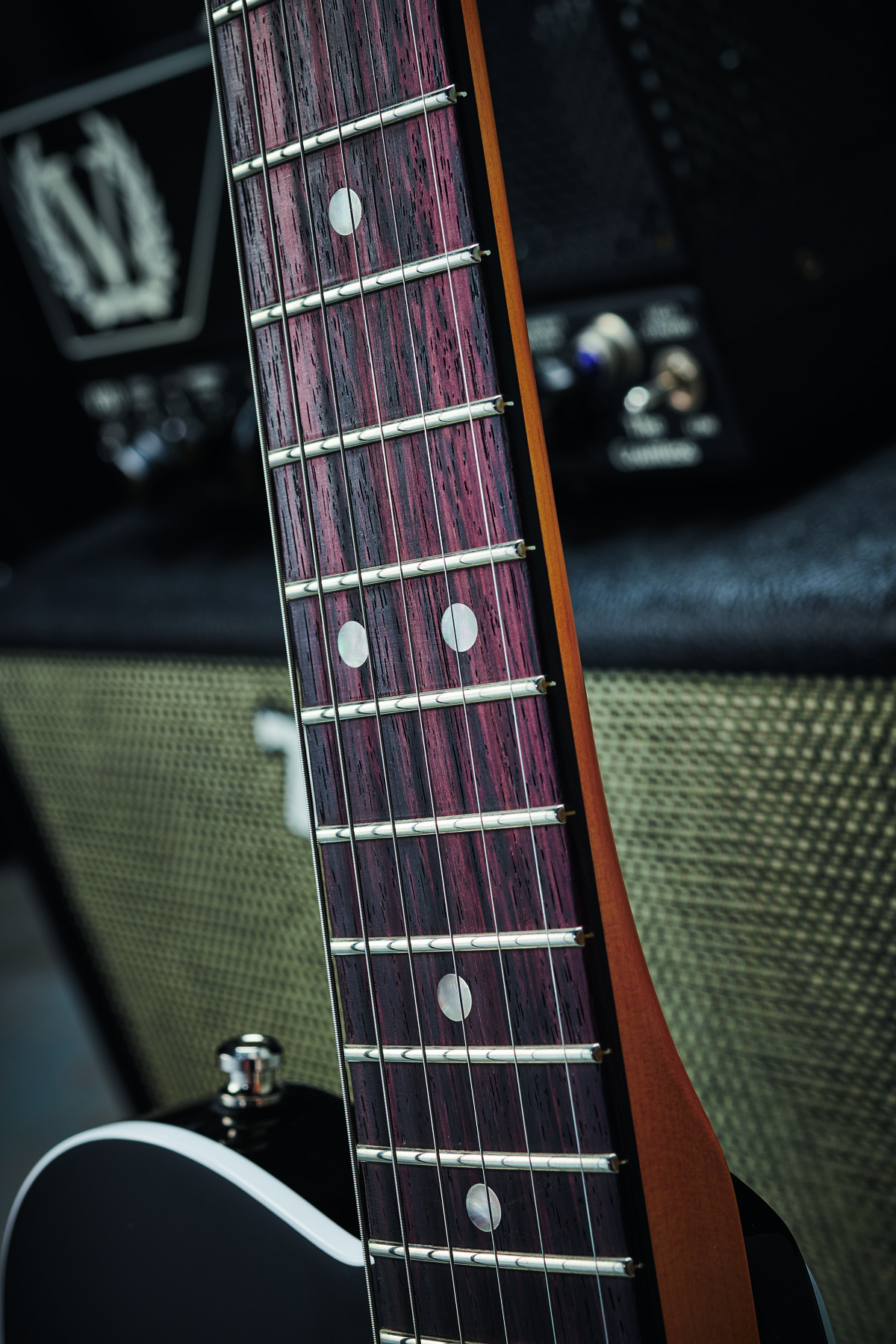
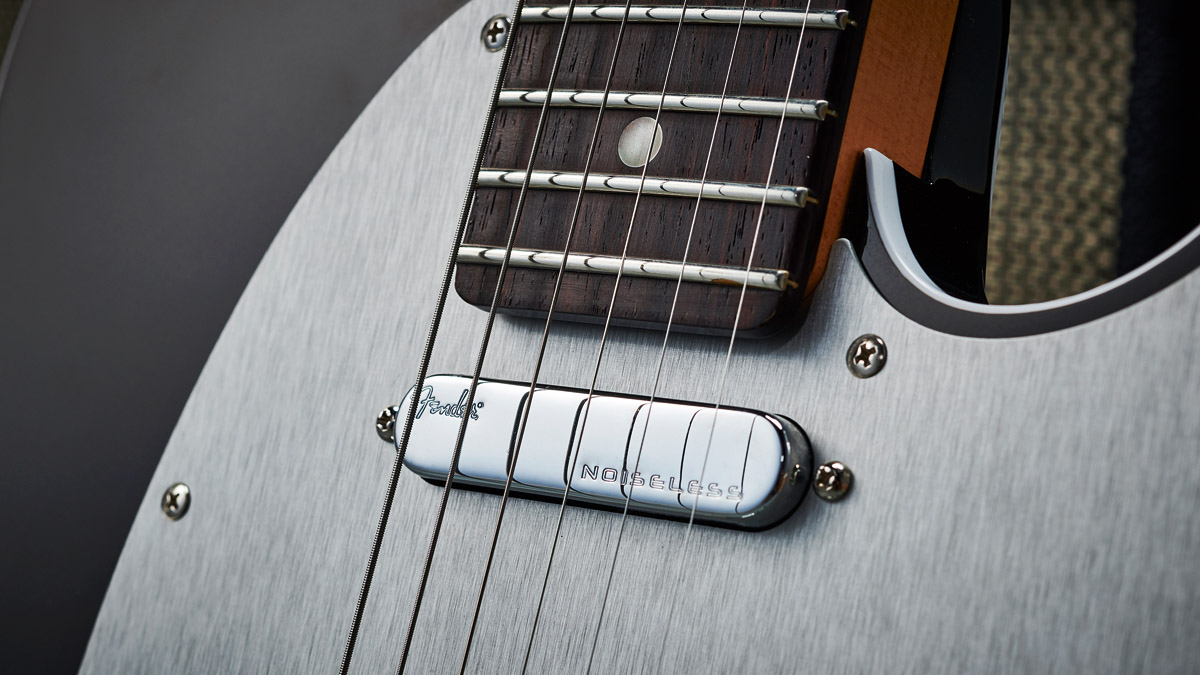
This Texas Tea-finished Tele is quite the looker, particularly with its Silver Anodized (aluminium) scratchplate. Like the Strat, though, the ’plates are colour dependent with the option of single-ply Black (Butterscotch), three-ply Mint Green (Ultraburst and Mocha Burst), three-ply White (Arctic Pearl), three-ply Aged White (Cobra Blue) and three-ply Aged White Pearl (Plasma Red Burst). Alder is standard for the bodies; ash is used on the Plasma Red Burst and Butterscotch Blonde only.
As you’d expect, we get the same neck profile and the same additional heel shaping as our Strat. Along with that palm contour we also get a rib-cage cut, while the top edge is bound. The tuners are the same as our Strat, but the bridge is obviously different: a modern Tele-style unit with six chromed brass block saddles. Like the Elites, both guitars include Schaller S-Lock strap buttons with the locking elements for your strap included in the case. Another note to modernism here is the Electrosocket jack mount, which is side-placed as usual.
It’s a grown-up, vibrant Tele with some sophisticated voices and a very intuitive control setup – a different but pleasurable drive
The Ultra Noiseless bridge pickup has flat stagger poles that sit just above the cover. The neck pickup is suspended from the scratchplate (unlike an original that screws directly to the body), which means that height adjustment here is easy. Fender doesn’t mess with the switching options here, either: like the previous Elite wiring, we get one extra sound – both pickups in series.
Feel & Sounds
Fender specs on the previous Elite necks are 20.8mm (.82 inches) at the 1st fret and 22.6mm (.89 inches) at the 12th fret. Our Strat measures 20.7mm at the 1st fret and 22.2mm at the 12th; our Tele is virtually identical at 20.9mm and 22mm, which would indicate that little has changed, perhaps just a slightly fuller shoulder in lower positions.
If your idea of a ‘D’ shape is fairly flat-backed with square shoulders, then that’s not what this feels like. It’s relatively thin-depth’d but extremely comfortable with well-rounded fingerboard edges and a smart fret job from a wire gauge that falls into Fender’s medium jumbo category.
Some people can get pretty het up about quoted fingerboard radiuses, but while this doesn’t feel as rounded as vintage (184mm/7.25 iches), it’s on par with a host of more modern makers and really feels far from flat. Setups on both are very good and playability is therefore excellent, too. Weight-wise, both are in the right spot – a little lighter than the majority of Fenders we’ve played in the past couple of years. They’re not feather-light, but are far from falling into the heavy category.
If anything, the Tele seems to wear its Ultra dress a little more stylishly
As to the flavour of the classic recipes these guitars present, we certainly wouldn’t be sending either back to the chef. It’s interesting to consider, though, that of all the production models offered by Fender, these (and the Mexican Deluxes) are the only ones with hum-cancelling pickups. Clearly pick-up hum isn’t – in percentage terms – a huge problem for most. It’s certainly not a problem here and comparing to standard singlecoils, yes, they work.
The compromise? You might imagine a humbucker to be hotter than a singlecoil but here it isn’t. In fact, there’s quite a refined lightness to the Strat’s voice with the lower mids cleaned up a little. The high-end is smooth but far from rounded, and that treble bleed circuit retains the detail as you knock it back, whereas we’re used to the attack softening.
There’s a difference to the attack, too; it’s less ‘metal hammer smash’ as if the resonant frequency peak has been pulled down a little. Constant comparison reveals the subtle differences and we can’t help thinking that this seems to sit a little more nicely in a crowded track at the expense of the rawness of a good set of singlecoils in a rootsier trio ensemble, for example. ‘Well behaved’ might be a better phrase, which can also be applied to the in-tune vibrato system.
If anything, the Tele seems to wear its Ultra dress a little more stylishly. It’s not the thickest vintage-y voice we’ve heard and the bridge has plenty of treble slice until you back off the tone a little (don’t forget it’s a no-load type, so effectively with the control fully up it’s bypassed for maximum high-end).
It’s a lively guitar and that steely bridge voice seems happy in cliché country Tele territory or a more modern, crunchy and gained Nashville vibe. The neck captures that slightly softer attack to calm things down a little, the parallel mix is bouncy and accurate, while the series mix with the S-1 switch depressed adds thickness and a little volume while retaining some edge. Many of us will be familiar with the four-way Tele selector switch, which does the same, but on this model the three-way feels more familiar and simply depressing that S-1 switch feels a little more intuitive.
The treble bleed keeps things clean as you pull back the volume, and the tone is wide ranging and nicely voiced. Swapping between this and our reference Teles, the neck feels noticeably thinner – in both depth and, oddly, width – but played for extended periods on its own, well, this one got more playtime than our Strat.
It’s a grown-up, vibrant Tele with some sophisticated voices and a very intuitive control setup – a different but very pleasurable drive compared with a big-necked, brutally simplistic vintage piece.
Each Fender production series has its own theme and style and, even if they were all priced the same, it’s not an easy thing to find your new Fender fit. The Ultras represent the most modernist vision, with their obvious refinements, yet still feel and sound very ‘Fender’, stopping short of features such as stainless steel frets or roasted maple necks and the like.
The Modern D neck profile really isn’t far from the previous Elites’ neck shape, nor is it any ‘speedier’ due to its compound radius, which effectively centres on a Gibson-like 12-inch curve. You’re not going to get kicked out of your blues jam if you turn up with one of these, either. Rather they offer a different playing experience – better or worse? That depends on you.
The combination of very good weights here, a neck heel that disappears and more subtle features such as the improved intonation of the Tele’s bridge, the hum-free pickups, sensible expanded switching and well-voiced control circuits means that there’s very little to get in the way of creating the music you want to.
We’d call it good guitar-making, rather than vintage-blinkered replication.

Dave Burrluck is one of the world’s most experienced guitar journalists, who started writing back in the '80s for International Musician and Recording World, co-founded The Guitar Magazine and has been the Gear Reviews Editor of Guitarist magazine for the past two decades. Along the way, Dave has been the sole author of The PRS Guitar Book and The Player's Guide to Guitar Maintenance as well as contributing to numerous other books on the electric guitar. Dave is an active gigging and recording musician and still finds time to make, repair and mod guitars, not least for Guitarist’s The Mod Squad.
“It holds its own purely as a playable guitar. It’s really cool for the traveling musician – you can bring it on a flight and it fits beneath the seat”: Why Steve Stevens put his name to a foldable guitar
“Finely tuned instruments with effortless playability and one of the best vibratos there is”: PRS Standard 24 Satin and S2 Standard 24 Satin review
